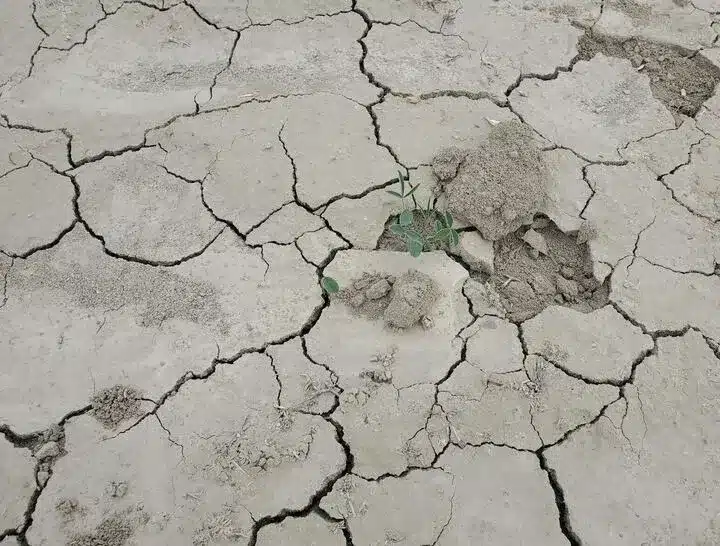Summary
Climate disruptions and water scarcity are threatening food security and human well-being. We provide a framework for selecting a more diverse set of arid-adapted food crops to reduce food system vulnerabilities to climate change, climate-related illness, and economic disparities in arid lands. We constructed a list of candidate crops based on the diets of the Comcaac, O’odham, and Pima Bajo peoples of the Sonoran Desert. Representative genera were then screened for traits related to agroecological functionality, human health, community well-being, and agronomic suitability. Of the 154 species (86 genera) used by these Sonoran Desert Indigenous cultures, 101 species (80 genera) were more broadly used in Aridamerica, suggesting wide acceptability and value of desert plants for arid-adapted agriculture in North America. We highlight 17 genera with high potential to simultaneously improve agricultural resilience, human health, and community prosperity in the face of climate change, over a third of which are water-use efficient crassulacean acid metabolism (CAM) succulents. Assembling these candidate crops into perennial polycultures coupled with solar energy and rainwater harvesting systems can maximize yield reliability while minimizing fossil fuel, agrichemical, and surface and groundwater use. Now is the time to invest in desert-adapted farming and food systems, with climate change already accelerating damages to agricultural landscapes. Biomimicry and traditional knowledge can aid in designing co-located food, water, and energy provisioning systems adapted to arid climates and scarce resources that improve agroecological and human health. Adopting such designs will require transdisciplinary integration of plant, environmental, social, and health sciences.














